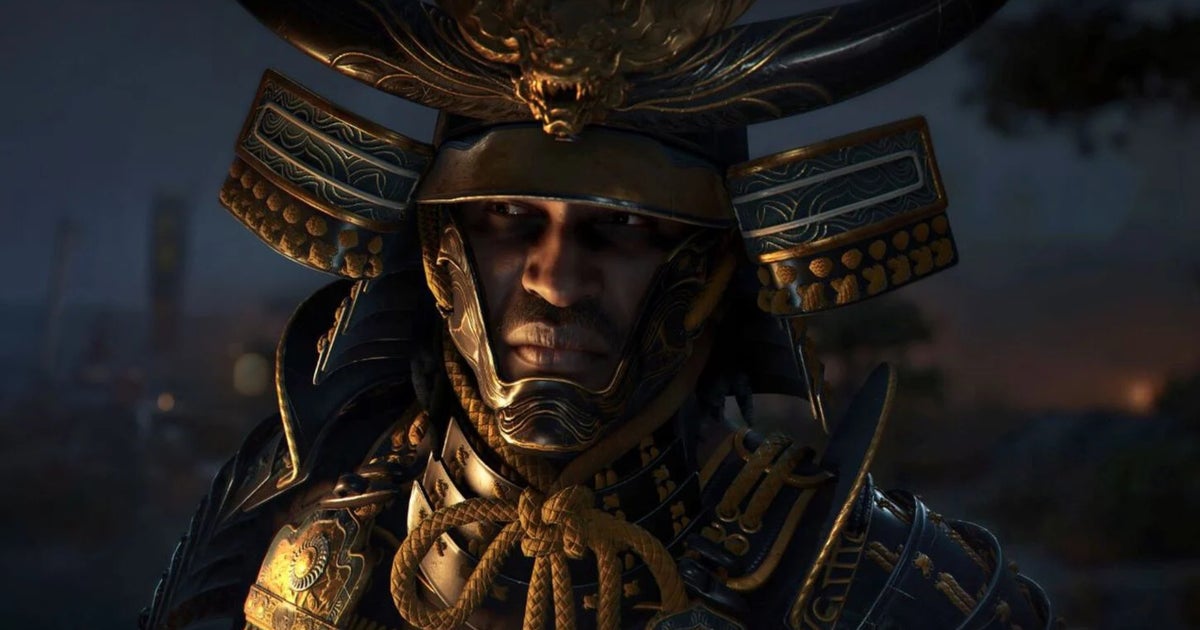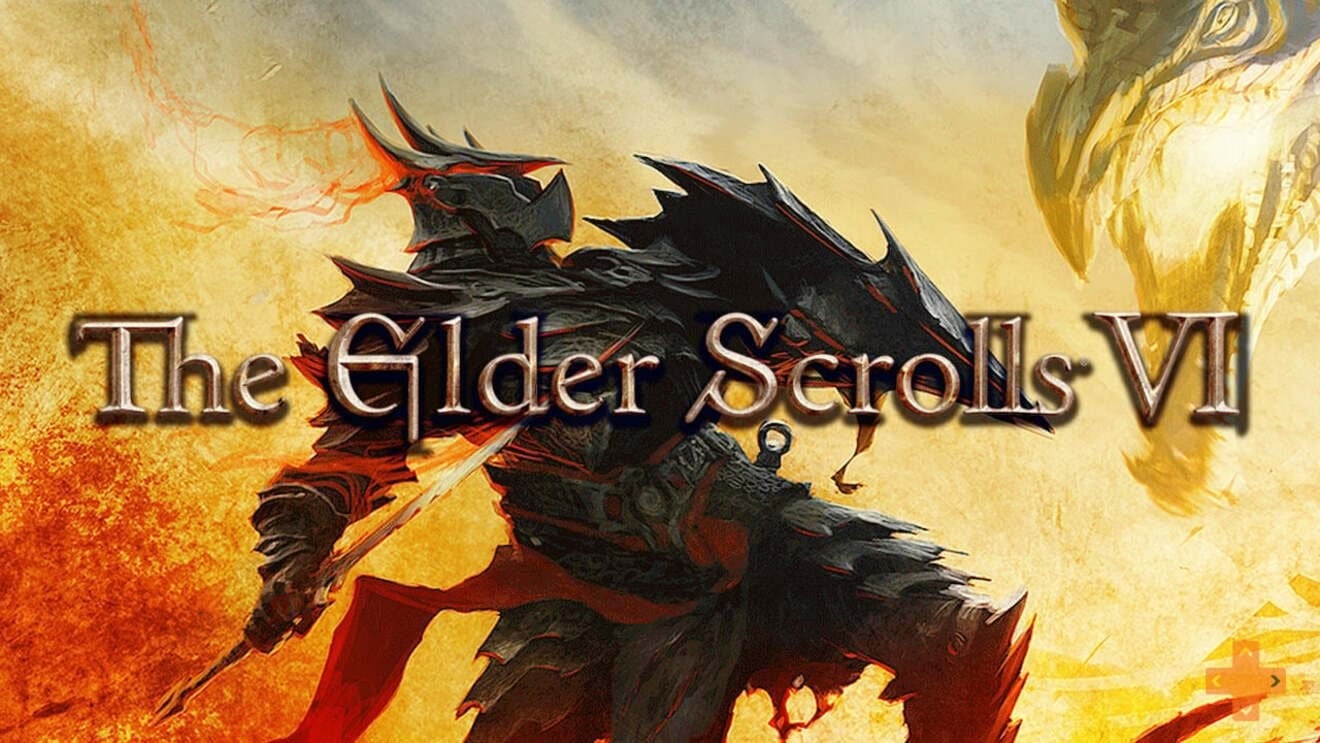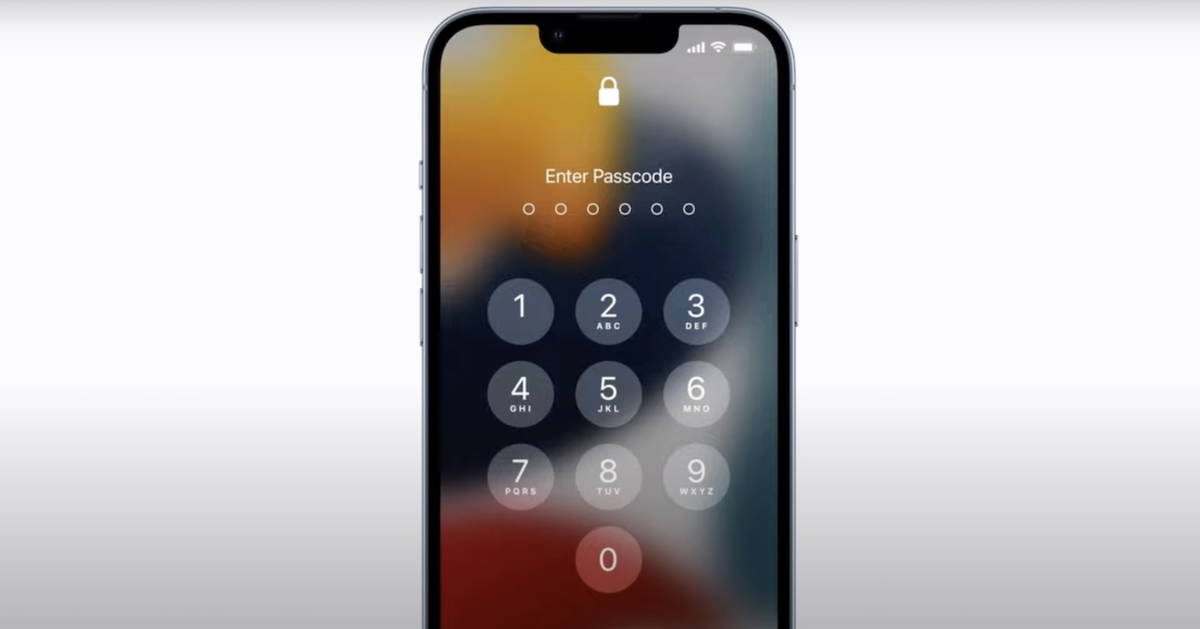When we talk about works like Dragon Ball, Naruto and One Piece the term is used happily Shonen. What is that? The easy thing is to relate that these three successful mangas were born between the pages of Shonen Jump, but the hilarious Dr. Slumpwhich is also a Shonen, was published in the same magazine and, despite this, the stories of Arale and company have absolutely nothing to do with the great battles of Goku or the Straw Hat Pirates. What’s more, I can tell you in advance that Sailor Moon is not a Shonen and in its pages there are also battles, transformations and special powers. Let’s go step by step.
Nowadays, we take it for granted that current superhero comics or classic Disney comics seek to reach the largest possible number of readers, although this has not always been the case. However, Marvel, for example, has a label called Red Band in which specific sections show more explicit content (basically more blood on each page), but except for authors and publications specialized in pre-adolescent, young adult or adult content, the main difference is usually in the genre and the subject matter of the work itself. In Japan, however, manga are classified into five categories: Children, children, adults, elders and elders. And the themes of almost all of them are free.
The interesting thing is that these manga categories are not based on the content of the work itself, but in the reader you want to reach. Thus, a Shonen manga can offer action, romance, science fiction, humor, all of the above, none of the above, or something completely different; but the essential thing here is that its pages have been written and drawn to appeal to a very specific demographic profile, which in this specific case of the manga published in Shonen Jump is young Japanese boys between the ages of 9 and 18.
In other words: when Akira Toriyama drew and wrote Dragon Ball I was thinking about what Japanese readers within that age range would like to see. And the same applied to Dr. Slump
At iGamesNews we have made a comprehensive review of the five categories of manga with their most recurrent characteristics and several of their best exponents. Because you do not need to be a specific reader profile to enjoy classic or current wonders, but it is clear that Jojo’s Bizarre Adventure, Berserk or Death Note They have not been drawn and published for anyone who can simply read, but for readers who are at a very specific moment in their lives.
The Kodomo manga, designed for younger readers


Doraemon, de Fujiko F. Fujio
The classification Children’s comics (Children’s cartoon) translate literal as comics for children and the concept is more or less self-explanatory: its authors adapt the language, style and tone to the little ones in the house and primary school students who have started to get interested in manga. However, there are some shared singularities that give rise to specific characteristics.
The simplest example when explaining what a Kodomo manga is like would be Doraemona children’s work with protagonists whose personality is easy to understand and who in the process usually embellish some kind of lesson or moral with humor. That said, this category also includes video game adaptations such as the Pokémon, Super Mario Bros. or Animal Crossing manga, as well as works a little more focused on children such as Inazuma Eleven or for girls, in the case of Hello Kitty.
As expected, in Japan there are magazines dedicated specifically to these contents, the most popular being the monthly CoroCoro Comic (since 1977) in which the adventures of Nintendo characters and Nintendo itself are published. Doraemon; or its rival until 2017 Comic BomBomIn addition, Kodomo manga also includes works that adapt different popular stories and works from both Japan and the West to the children’s manga format.
Shonen manga, the favorite of high school boys


Dragon Ball, de Akira Toriyama
The manga Shonen (少年漫画) is also explained by its own literal translation: it is about sleeves for young boys between 9 and 18 years old. And despite the fact that its demographic is more or less limited on paper, it is the most popular and consumed category in Japan and, by extension, throughout the world. Among other factors, thanks to the enormous popularity of the blockbusters of publications such as Weekly Shonen Jump both in print and beyond.
Although Shonen does not restrict any genre, generally the most successful themes tend to be those that revolve around adventure and action. This is because the authors and publications play on ideas that tend to emerge and are defined at that age, such as the importance of friendship, perseverance despite any eventuality or the conquest of victory. Values that adapt according to the circumstances to works of martial arts, humor, sports, science fiction, mystery or romance, etc.
Within this group we can highlight Dragon Ball by Akira Toriyama, possibly the greatest ambassador of manga, anime and the mould of current Shonen; but also very long works such as KochiKamein progress as One Piece o Detective Conan. The two main publications: the unstoppable hit factory known as Weekly Shonen Jump (Jujutsu Kaisen, Hunter × Hunter o Sakamoto Days) and its rival the Weekly Shonen Magazine (First time and previously Fairy Tail o Devilman de Go Nagai).
Shojo manga is the obsession of young girls


Sailor Moon, de Naoko Takeuchi
The manga Shojo (少女漫画) translates as the manga for girls [japonesas] young and, despite having many parallels with Shonen, the tone, visual style and themes end up being -generally- very different. Let’s start by saying that There are no limited genres for Shojo manga (they can be adventure, humor, romance…) although generally much more importance is given than in other categories to concepts such as emotions, feelings and the different dynamics between the relationships between the protagonists.
That said, this division between Shonen and Shojo does not prevent any reader from enjoying the content, but rather focuses on the specific interests of a very specific demographic group and, on these foundations, works are built seeking complicity and fan service through visual languages, characterizations, and widely extended expressions (the eyes are usually huge) and attractive to Japanese high school and young adult readers. What’s more, there is usually a special level of detail with the costumes or a tendency to widely adorn the vignettes with effects, patterns and floral motifs to further intensify the emotions.
As representatives of Shojo, works such as Fruits Basket
Seinen manga and Josei manga for those looking for “less juvenile” content


Death Note by Tsugumi Oba
He manga His (青年漫画) is primarily aimed at adult male audiences, although that does not mean that they do not continue to consume successful works within the margins of Shonen or Shojo, but rather they aspire to more mature themes, protagonists who in a certain way tend to have other types of interests or priorities, and a broader style and content. Its female equivalent is the sleeve Josei (女性漫画) which translates as manga for women and is sometimes referred to as “Redikomi”, which refers to Lady Comic (レディコミ).
Since in the end all these categories refer to the demographics to which each work is directed, it is absolutely normal to confuse Seinen with Shonen and Josei with Shojo, since many mangas and authors orbit in one way or another between both reader profiles. However, works such as Lupin III Monkey Punch, despite its anime, is pure Seinen. And Don’t forget to love!!Motoko Fujita’s manga autobiography, is classified as Josei.
In any case, since Seinen and Josei readers are looking for content that is not too exaggeratedly juvenile, the authors usually introduce specific elements within the dynamics of the story, ranging from politics to the family or sexual life of their protagonists, through very twisted dramas and simple problems of adulthood. Although there is also room for thrillers, dark fantasy or comedy of manners: Princess Jellyfishby Akiko Higashimura, depicts an apartment in which all the tenants cling to a fun “Otaku” obsession during their own journey towards adulthood.


Princess Jellyfish, de Akiko Higashimura
The visual style of Seinen and Josei is a little different from the previous ones and completely adapts to the essence of each work. Adapting to themes that, perhaps, do not usually attract teenagers en masse but, at the same time, enable really interesting content and new doors to these more mature readers. In addition, of course, to addressing that type of much more explicit content and darker or unpleasant themes such as the artist’s generally horror-focused work. This is Junji.
Examples to highlight within the Seinen we have the magnificent Berserk de Kentaro Miura, Akira de Katsuhiro Otomo, Vagabond by Takehiko Inoue Ghost in the Shell by Masamune Shirow. On the Josei side, we have as a reference Princess Jellyfish by Akiko Higashimura Paradise Kiss by Ai Yazawa; and while its popularity is not as widespread as Shonen, Soho or Seinen, it also has its own dedicated publications such as the monthly magazines Kiss or Shueisha’s Cocohana.
At iGamesNews | 13 essential comics in Spanish for video game lovers (and where to buy them)
At iGamesNews | Dragon Ball x One Piece: Cross Epoch, the greatest gift that Akira Toriyama and Eiichiro Oda gave to their fans
Table of Contents









